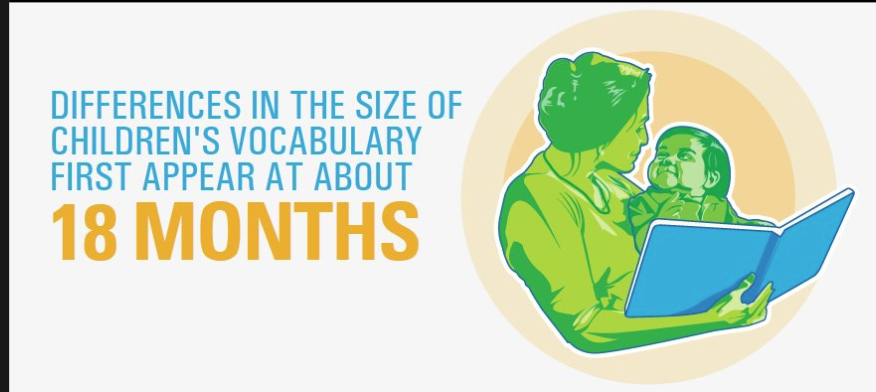Learning disabilities are defined by IDEA, Individuals with Disabilities Education Act, as: A disorder in one or more of the basic psychological processes involved in understanding or in using language, spoken or written, that may manifest itself in an imperfect ability to listen, think, speak, read, write, spell, or to do mathematical calculations, including conditions such as perceptual disabilities, brain injury, minimal brain dysfunction, dyslexia, and developmental aphasia.
Rights of Those with Learning Disabilities
Those with learning disabilities have rights, such as:
- Entitled to an Individualized Education Plan (IEP)
- An education in the least restrictive environment (LRE)
Four Key Components to Educating Those with Learning Disabilities
- Motivation: Helping a child to succeed without their own motivation is impossible. Find what makes them tick or what is really going to motivate them to reaching for a better education and truly overcoming their learning disability. This may mean positive reinforcements that can be provided by the teacher or in cooperation with the parent. If money is an issue, think outside the box. Motivation can come in all shapes and sizes and once the child experiences success, they are more likely to try again without any external motivation.
- Acquisition: This simply refers to them acquiring the information. People have all sorts of different learning styles, so make sure that you are teaching the child how they learn. Do they need hands on projects? Do they need flashcards? Learning comes in all shapes and sizes.
- Retention: Many individuals with Learning Disabilities have a hard time remembering and recalling information. This means constant review is necessary
- Performance: Having a child know information is great, but they also need to be able to apply the information both to tests and into the real world
Articles Related to ‘Learning Disabilities: Definition, Rights, & Education’






